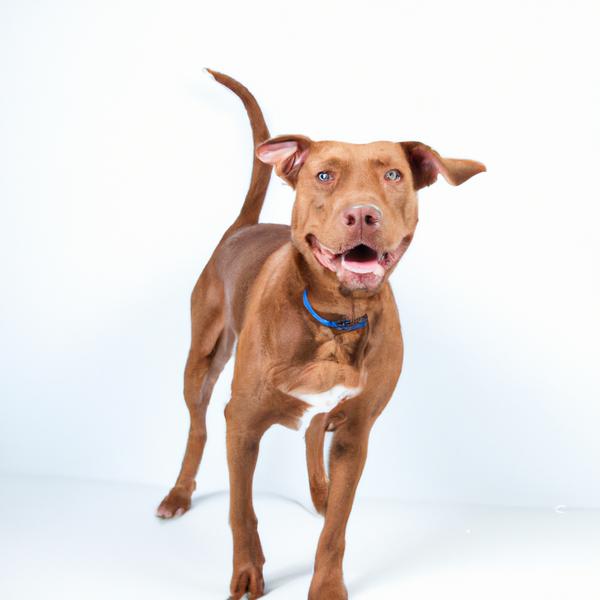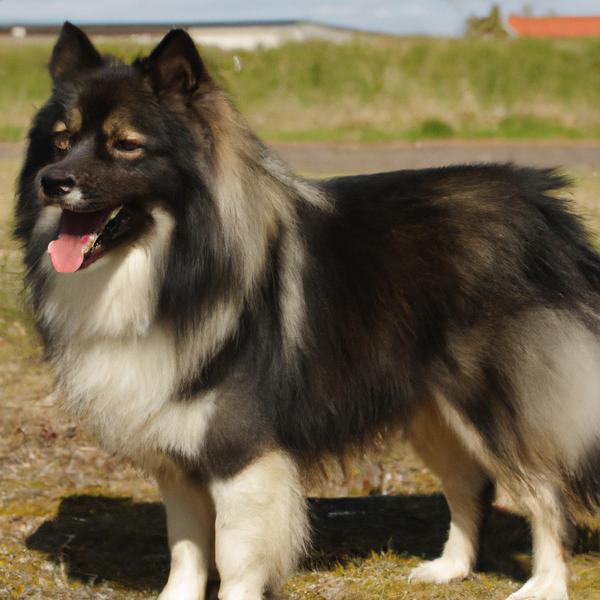Doxie-Pit vs. Eskland: Breed Differences and Similarities
Hypoallergenic
Are Doxie-Pits or Esklands hypoallergenic, or neither?
Unfortunately, neither Doxie-Pit nor Eskland are hypoallergenic, which may not make them the best choice for dog lovers who suffer from pet allergies.
Temperament
What are the personalities of Doxie-Pit and Eskland dogs?
Playful
Stubborn
Clownish
Courageous
Intelligent
Friendly
Affectionate
Obedient
Loyal
Devoted
Lively
Strong
Willed
Aggressive
Clever
Playful
Independent
Energetic
Protective
Alert
Intelligent
Friendly
Responsive
Affectionate
Lively
Gentle
Shedding Level
Do Doxie-Pits shed more than Esklands, or which breed sheds more, Doxie-Pits or Esklands?
Doxie-Pits are low shedding dogs, requiring minimal coat care.
Esklands are heavy shedders, but regular brushing can help manage shedding and promote a healthy coat.
Origin
What is the origin of Doxie-Pit and Eskland dog breeds?
United States
United States
Ancestry
What are the origins of Doxie-Pit and Eskland breeds?
American Pit Bull Terrier, Dachshund
American Eskimo and Shetland Sheepdog
Date of Birth
When were Doxie-Pit and Eskland breeds first developed?
2000s
Unknown
Eye Color Possibilites
What are the eye colors of Doxie-Pit and Eskland dogs?
Brown
Brown
Nose Color Possibilites
What are the natural nose colors of Doxie-Pit and Eskland?
Black
Brown
Black
Coat Color Possibilites
What are the natural colors of the coat for Doxie-Pit and Eskland breeds?
Fawn
Brown
Brindle
Pied
Brown
Gray
White
Cream
Coat Length
What is the typical coat length for Doxie-Pit and Eskland breeds?
Doxie-Pits have short coats.
Esklands have longer coats compared to most dogs.
Coat Density
What is the density of the coat of Doxie-Pit and Eskland?
Coat Texture
What is the hair texture of Doxie-Pit and Eskland?
Straight
Litter Size
What is the usual litter size for Doxie-Pit and Eskland?
A Doxie-Pit can have a litter of 4-8 puppies on average. However, it's worth noting that the size of the litters can vary greatly. Factors that can influence litter size include the health of the mother, breeding history, and genetics.
An Eskland can have a litter of 4-6 puppies on average. However, it's worth noting that the size of the litters can vary greatly. Factors that can influence litter size include the health of the mother, breeding history, and genetics.
Adaptability
The adaptability of Doxie-Pit and Eskland dogs is a well-known trait. They are known for being able to adjust well to different living environments and lifestyle changes.
Health Issues
Between Doxie-Pit and Eskland, which breed is more prone to health problems?
Doxie-Pit and Eskland breeds are generally considered to be healthy. However, like all breeds, they are susceptible to certain health issues and it is important to keep an eye out for them and address them with your veterinarian as needed.
Major Concerns
What are the major health concerns for Doxie-Pit and Eskland breeds?
Intervertebral Disc Disease
Hip Dysplasia
Legg-Calve Perthes Disease
Hip Dysplasia
Dermatomyositis
Von Willebrand's Disease
Pancreatitis
Minor Concerns
What minor health issues should be kept in mind when owning Doxie-Pit and Eskland?
Patellar Luxation
Elbow Dysplasia
Demodicosis
Cataracts
Glaucoma
Hypothyroidism
Cataracts
Retinal Dysplasia
Hypothyroidism
Atopy Dermatitis
Occasional Tests
What occasional tests are recommended for Doxie-Pit and Eskland breeds?
Eye Examination
Physical Examination
Radiographs
Eye Examination
Physical Examination
Radiographs
Social Needs
Doxie-Pit vs Eskland social needs comparison
Doxie-Pit has above average social needs and thrives with interaction with humans and other dogs.
Eskland has very high social needs and requires regular mental and physical stimulation, a job or purpose, and companionship.
Sleeping Need
Which of the two sleeps the most/least: Doxie-Pit or Eskland?
Doxie-Pits have moderate energy levels and typical sleep patterns of 12-14 hours per day.
Esklands sleep less than other breeds but still need adequate sleep for good health.
Mouthiness
Mouthiness Comparison: Doxie-Pit vs Eskland?
Roaming urge
Doxie-Pit vs Labrador: Running away tendency?
Prey Drive
Doxie-Pit or Eskland - which breed has a higher level of prey drive?
Past times
What are some enjoyable activities and ways to keep Doxie-Pit and Eskland entertained?
Playing fetch, Going for walks, Cuddles, Chase, Sleeping in, Chewing on toys, Go to Park, Frisbee, Fetch, Swimming, Cuddleing, Dog Parks, Playing, Cuddling, Sleeping, Eating Snacks, Sharing Food, Running, Relaxing, Walking, Tug-of-war, Hide & Seek, Driving, Playdate, Walk, Run, Play, Nap, Snuggling, Tug-a-war
Fetch, Hike, Walk, Playing, Walking, Loves snow, Needy, Farm work, Run, Road trip, Swim, Catch treats, Play keep away, Wrestling, Tug-of-war, Hide & Seek, Dance, Shake, Puzzle Toys, Tag, Trampoline
Activity Level
Which breed has higher energy, Doxie-Pits or Esklands?
Doxie-Pit and Eskland are high-energy dogs that require a lot of mental and physical exercise. Without proper stimulation and attention, these breeds can become problematic. If you're considering these breeds, be prepared to invest time and effort in their exercise and training.
Tolerance of being left alone
Walks per Week
How many miles should Doxie-Pit or Eskland walk each week?
There's really no limit to how far you walk your dog as long as they're comfortable. For Doxie-Pit, it's at least 11 miles / week. Just remember to build distance and stamina gradually over time.
There's really no limit to how far you walk your dog as long as they're comfortable. For Eskland, it's at least 10 miles / week. Just remember to build distance and stamina gradually over time.
Activity per Day
Do Doxie-Pits or Esklands require more exercise?
Both Doxie-Pit and Eskland typically require a minimum of 120 minutes of exercise each day. The exercise can be spread throughout the day and may involve high-energy activities like walking, running, and playing.
Grooming
Which breed is easier to maintain in terms of grooming, Doxie-Pits or Esklands?
The Doxie-Pit has low grooming needs and is easy to maintain.
Esklands require significant grooming, including regular trims and professional grooming assistance to maintain their coat. They may also require frequent bathing to keep their coat and skin healthy.
Brushing Frequency
What is the recommended brushing frequency for Doxie-Pit and Eskland dogs?
Doxie-Pit should be brushed at least once a week. Of course you can give them more frequent brushes if you find that they are still shedding a lot
Ideally, Eskland should be brushed at least 2 or 3 times a week (preferably daily) improve shedding.
Brushing Tools
What brushing tools are used for Doxie-Pits and Esklands?
Slicker Brush
Comb
Nail Clipper
Pin Brush
Slicker Brush
Deshedder
Nail Clipper
Cups
How much food should be given to Doxie-Pit or Eskland in cups?
For an average 20-30 pound (9 - 14 kg) Doxie-Pit feed 3 cups daily. But, keep in mind, the amount you feed is going to be dependent on the quality of the food you are feeding.
For an average 12-18 pound (5 - 8 kg) Eskland feed 1 cups daily. But, keep in mind, the amount you feed is going to be dependent on the quality of the food you are feeding.
Daily Cost
Which breed has a higher daily cost, Doxie-Pit or Eskland?
The average cost of a Doxie-Pit is somewhere $1.70 - $2.00 per day.
The average cost of an Eskland is somewhere $1.10 - $1.40 per day.
Monthly Cost
Which breed has a higher monthly cost, Doxie-Pit or Eskland?
The average per month expenses of a Doxie-Pit is between $48 - $49. This makes an average of $576 - $588 per year. It will be on the higher side when the dog is still small because it will need more frequent visits to the vet, shots.
The average per month expenses of an Eskland is between $35 - $42. This makes an average of $420 - $504 per year. It will be on the higher side when the dog is still small because it will need more frequent visits to the vet, shots.
Sensitivity Level
How do Doxie-Pit and Eskland compare in sensitivity?
This breed is sensitive and requires gentle handling and a calm home environment.
This breed is sensitive to its environment and best suited for patient and understanding families with a consistent routine.
Apartment Friendly
Which breed is more apartment-friendly: Doxie-Pit or Eskland?
Doxie-Pits are good apartment dogs as long as they get enough exercise and stimulation outside of the apartment.
The Eskland is a great apartment dog, thriving with sufficient exercise and time outside as part of their daily routine.
Child Friendly
Do Doxie-Pits or Esklands have a friendlier temperament towards children?
Doxie-Pits have an average level of friendliness towards children.
Esklands are good with kids if socialized and trained from a young age.
Senior-friendly
Which dog is more suitable as a pet for the elderly - Doxie-Pit or Eskland?
Cat Friendly
Do Doxie-Pit or Eskland breeds have a better compatibility with cats?
Doxie-Pits are somewhat cat friendly and can be trained to get along with cats.
Esklands are good with cats, but early training is needed to prevent chasing behavior.
Dog Friendly
Which breed is more sociable with other dogs: Doxie-Pit or Eskland?
Doxie-Pits are less friendly towards other dogs, but can improve with socialization.
Esklands are friendly and active companions, and can be good family pets, though their friendliness towards other dogs may vary.
Pet friendly
How do Doxie-Pit or Eskland dogs interact with other pets?
Stranger Friendly
Which breed is more friendly with strangers: Doxie-Pit or Eskland?
Doxie-Pits are averagely friendly around strangers but benefit from early socialisation.
Esklands are quick to announce strangers and can be standoffish or suspicious.
Playfulness
Which breed is more playful between Doxie-Pit and Eskland?
Doxie-Pit and Eskland are playful dogs. So, no matter how busy the day may get, the best thing you can do for Doxie-Pit and Eskland is to make time each day to play. It can be as little as 15-20 minutes, and it will mean the world to them.
Trainability
How do the trainability levels of Doxie-Pits and Esklands compare?
Doxie-Pit and Eskland dogs are known for their ease of training and ability to learn quickly, making them a popular choice for pet owners and trainers alike.
Compare Doxie-Pit with other breeds
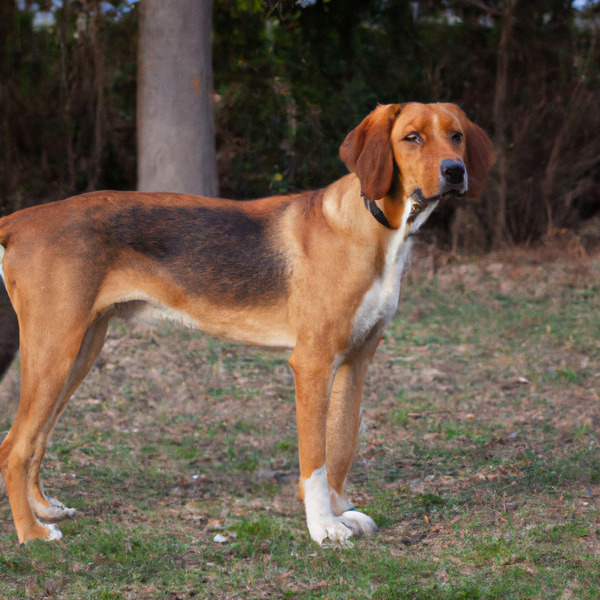
Serbian Hound
Doxie-Pit vs Serbian Hound
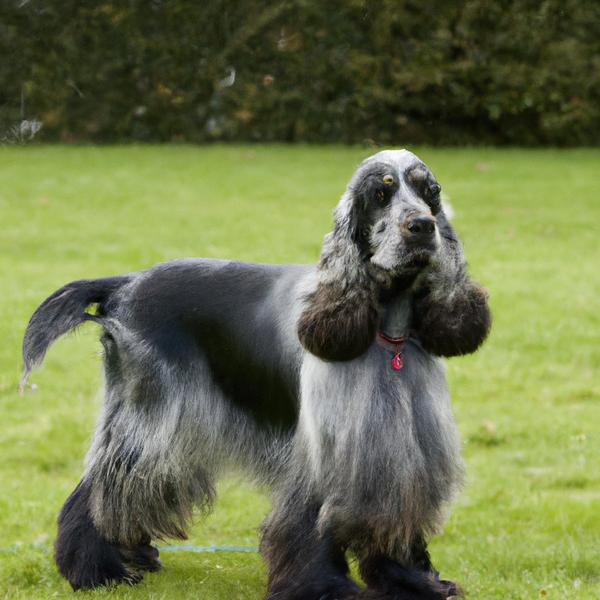
Blue Spaniel
Doxie-Pit vs Blue Spaniel
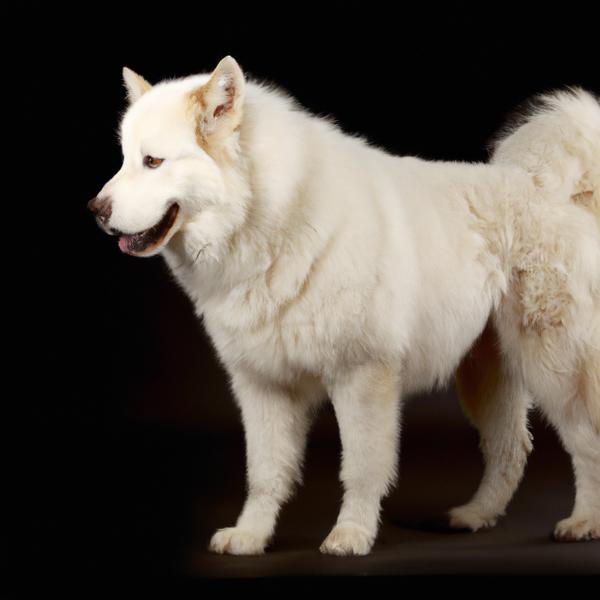
Pyrenees Husky
Doxie-Pit vs Pyrenees Husky
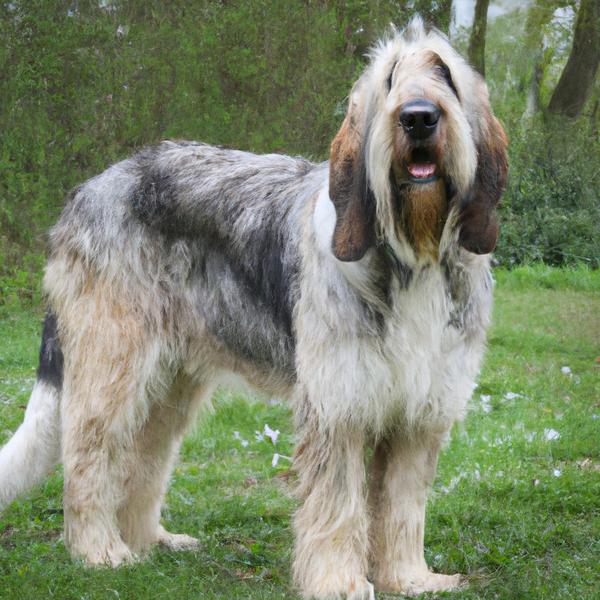
Grand Basset Griffon Vendeen
Doxie-Pit vs Grand Basset Griffon Vendeen
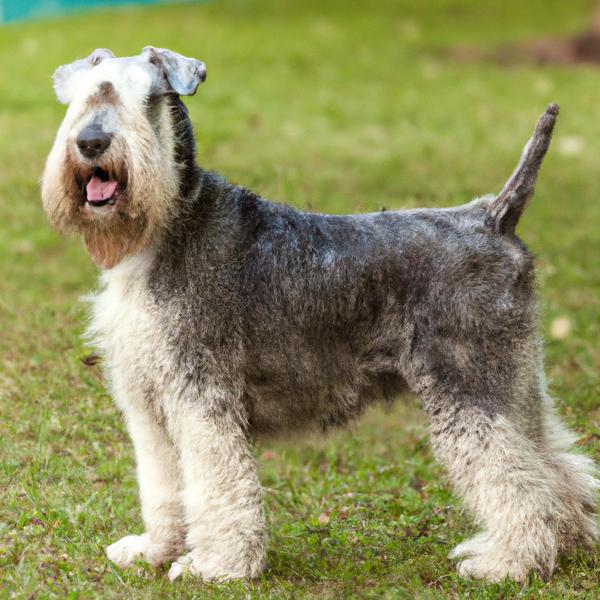
Sealyham Terrier
Doxie-Pit vs Sealyham Terrier
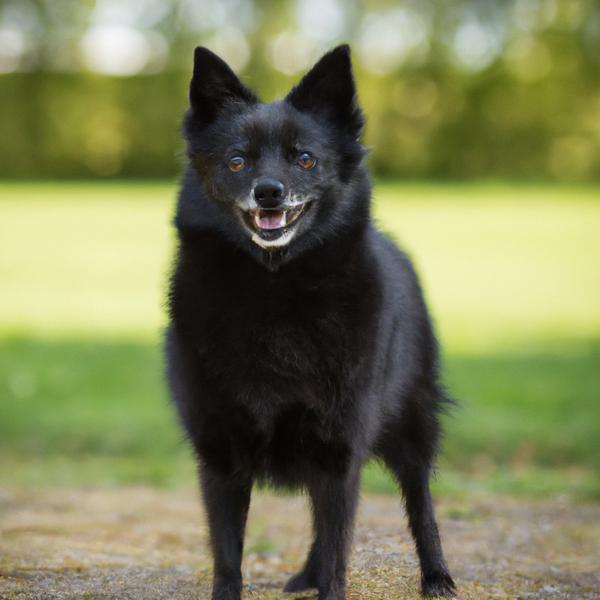
Schipperke
Doxie-Pit vs Schipperke
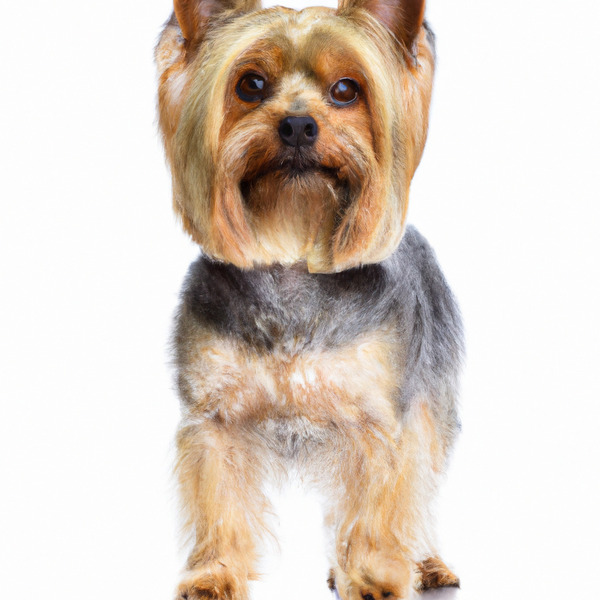
Yorkshire Terrier
Doxie-Pit vs Yorkshire Terrier
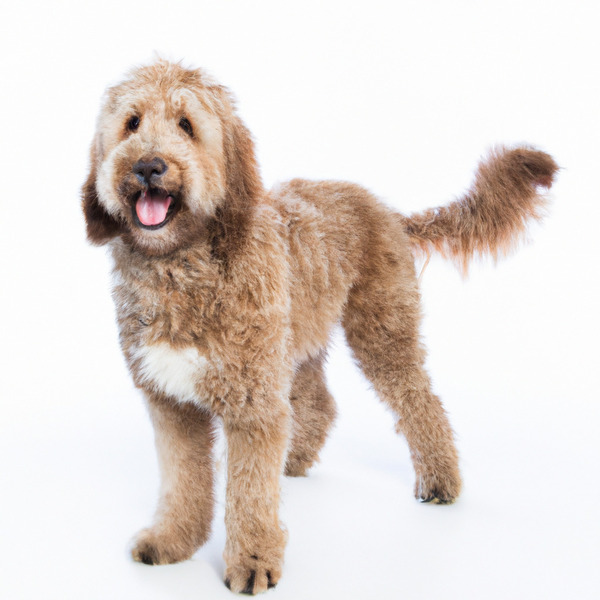
Bordoodle
Doxie-Pit vs Bordoodle
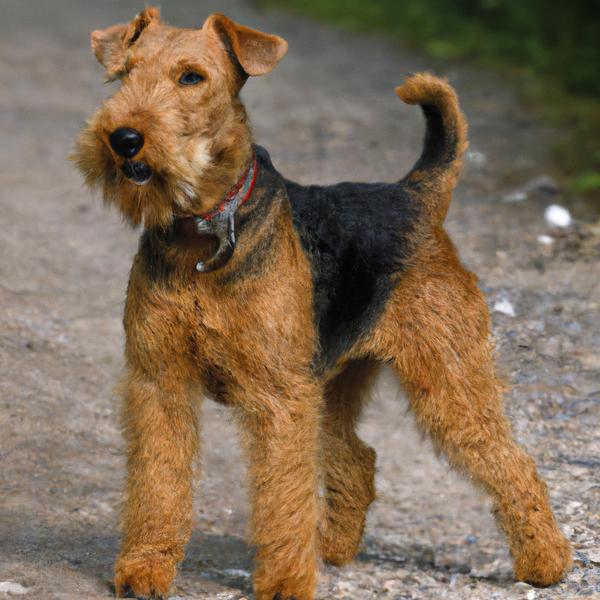
Welsh Terrier
Doxie-Pit vs Welsh Terrier
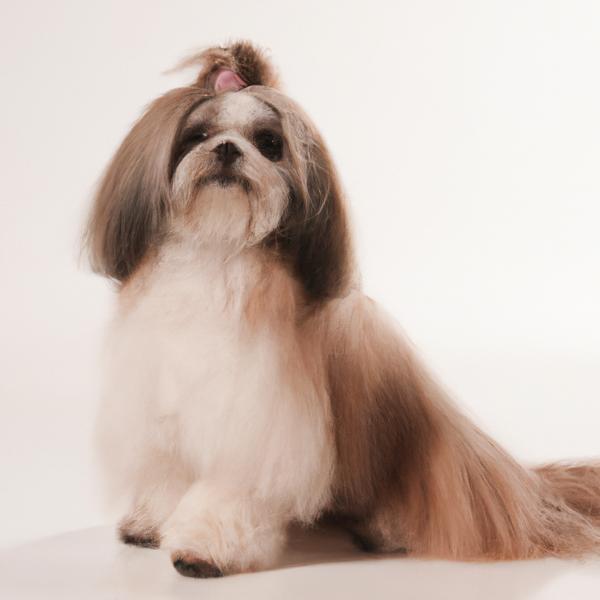
Toy Fo-Chon
Doxie-Pit vs Toy Fo-Chon
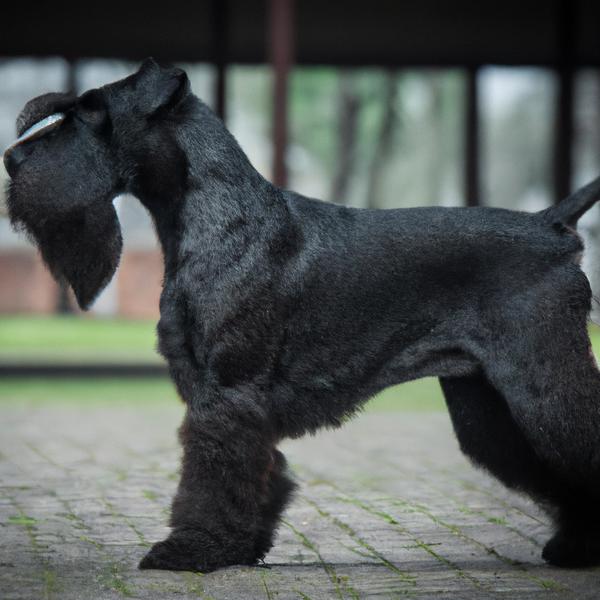
Giant Schnauzer Chin
Doxie-Pit vs Giant Schnauzer Chin
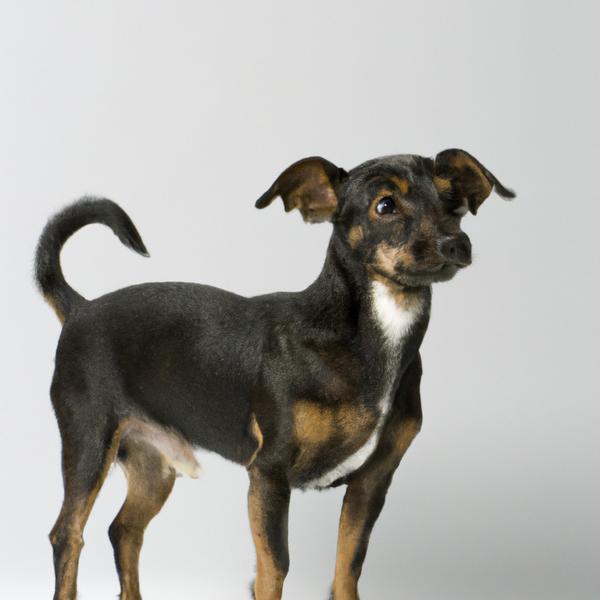
Chilier
Doxie-Pit vs Chilier
